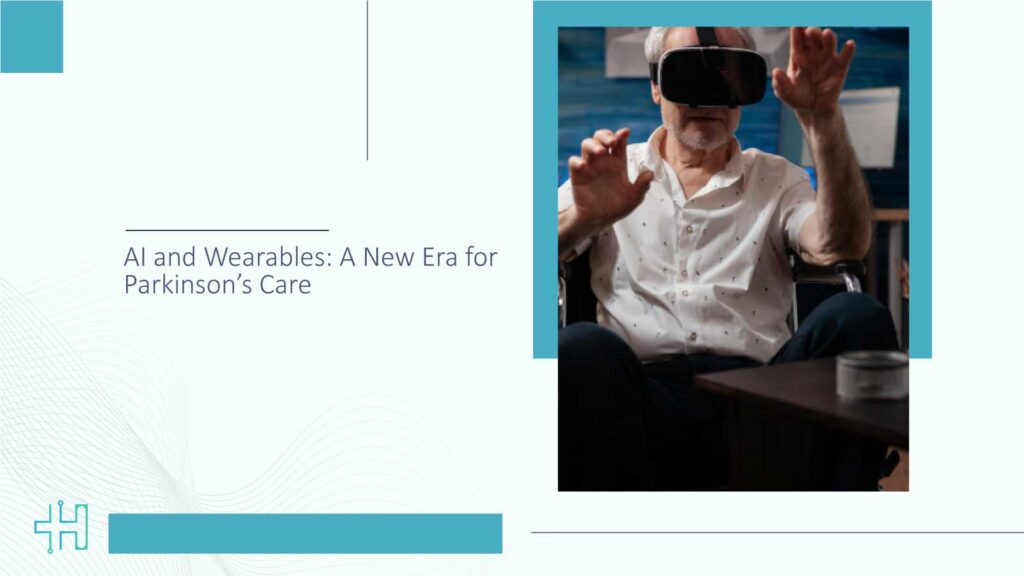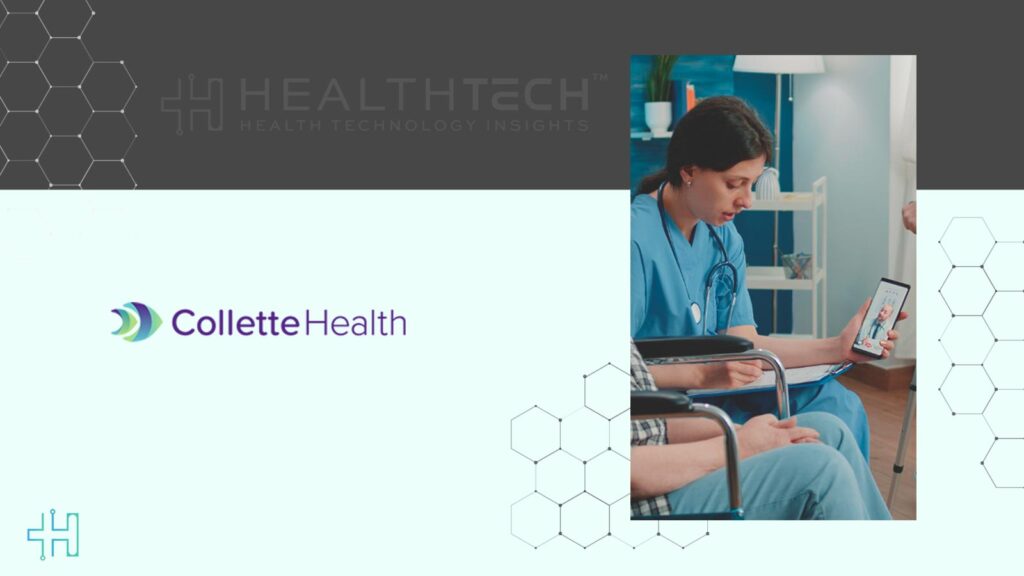More than 80% relative bioavailability compared with injectable obesity therapy, well above the roughly 30% reported for existing microneedle patches and setting a new global benchmark
Daewoong Pharmaceutical and Daewoong Therapeutics (CEO Bok-Ki Kang) announced that their proprietary semaglutide microneedle patch achieved more than 80%relative bioavailability compared to the injectable formulation in a pilot human pharmacokinetic study.
Health Technology Insights: Digital Startup Drive Health Announces Establishment of A Clinical Advisory Council
This was based on the healthy volunteer study using semaglutide microneedle patch using Daewoong Therapeutics’ CLOPAM (CLOsed Packed Aero-pressured Microneedle) drug-delivery platform. The study directly compared delivery efficiency with semaglutide subcutaneous injection.
In the trial, 70 healthy adults received single dose of either a semaglutide microneedle patch or a subcutaneous injection. Plasma concentrations were measured and then compared with results from semaglutide subcutaneous injection under the same conditions. After adjusting to equivalent dose, the patch showed more than 80%relative bioavailability compared with injection.
This result is the highest reported for a microneedle patch with the same active ingredient, far exceeding the approximately 30 percent achieved by existing patches. It also showed around 160 times higher bioavailability than semaglutide oral tablet.
Therapeutic plasma levels were maintained for one week, supporting the potential for once-weekly dosing with a single high-load patch. The exposure profile was comparable to that of the injectable counterpart, which strengthens the commercial prospects for a patch-based obesity treatment.
Health Technology Insights: NESA Becomes First Inpatient Virtual Care Platform Officially Listed in Epic Toolbox
Technology as the Decisive Factor in the Obesity Market
According to Grand View Research, the global obesity therapeutics market is valued at 15.9 billion US dollars in 2024 and is projected to grow to 60.5 billion US dollars by 2030. Currently, therapeutic and safety advantages in the GLP-1 drug class are limited, and experts expect Experts expect delivery technologies improving both bioavailability and patient convenience will be the factor that determines future market leaders. Microneedle patches are attracting attention because they address two key limitations of current therapies: pain of injections and low drug delivery efficiency of oral formulations.
While semaglutide oral tablet is available on the market, it has very low bioavailability and requires complex medication regimen, such as fasting before dosing, limiting water intake, and avoiding co-administration with other drugs for chronic patients potentially lowering adherence. A once-weekly microneedle patch offers a simpler, needle-free option that could be used by a wider range of patients, including those who avoid injections.
Daewoong’s Microneedle Technology Innovation Leading the Global Market
The results were made possible by Daewoong Therapeutics’ patented CLOPAM microneedle platform technology, a dissolving-type microneedle technology designed for precise, skin-based drug delivery. The platform uses pressurized drying and hermetic packaging to improve drug uniformity and stability, allowing accurate dosing with minimal contamination risk. CLOPAM currently has 52 patent filings worldwide and is positioning to be one of Daewoong’s leading technologies.
Unlike other injectable products containing semaglutide that require cold-chain storage, Daewoong’s patches remain stable at room temperature, which can reduce distribution costs. They also help cut down on medical waste from syringes and needles, aligning with sustainability goals in healthcare.
Based on these results, Daewoong Therapeutics is planning to broaden the collaborative initiatives to the global market via technology licensing, co-development, and out-licensing to prepare for commercialization.
“The microneedle patch must achieve not only high bioavailability but also a drug load sufficient for therapeutic effect,” said Bok-Ki Kang, CEO of Daewoong Therapeutics. “In this study, we incorporated a high dose of semaglutide into a single patch and showed the potential for once-weekly application. This overcomes a key limitation of previous microneedle approaches and provides a strong foundation for global technology transfer and commercialization.”
“Microneedle formats have long promised better adherence, but high-dose delivery has been a challenge,” said Seong-Soo Park, CEO of Daewoong Pharmaceutical. “This work is the first to overcome that barrier. We plan to expand microneedle technology to a wide range of biologics to lead the global platform market.”
Health Technology Insights: ThinkBio.Ai and UST Partner to Advance AI in Biopharma
To participate in our interviews, please write to our HealthTech Media Room at sudipto@intentamplify.com
Source- PR Newswire







